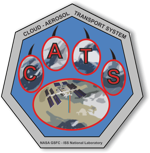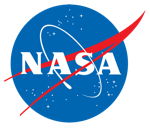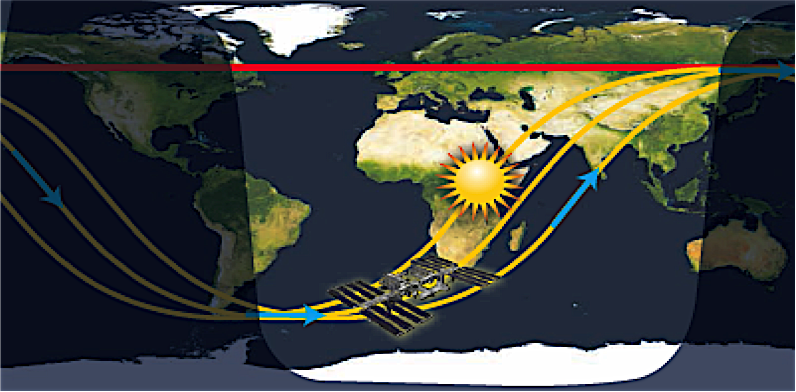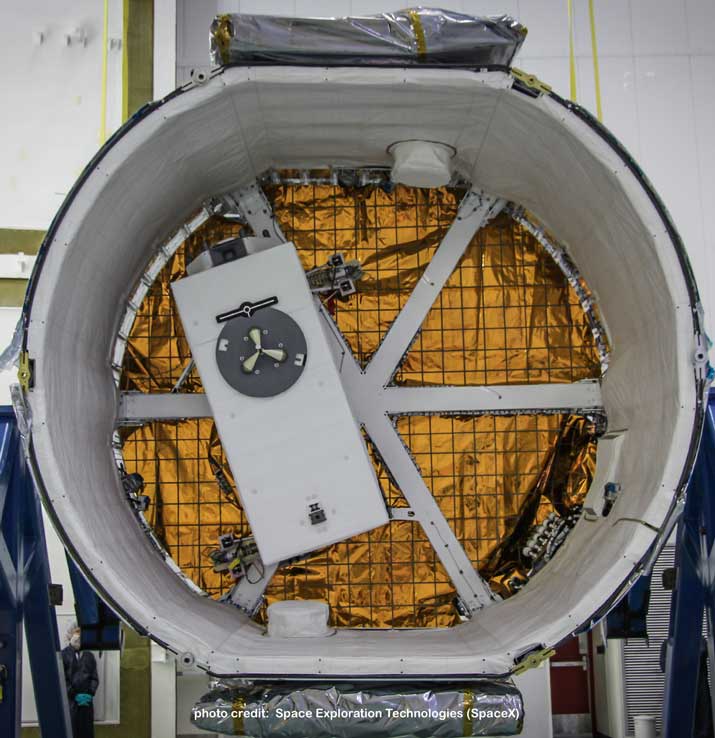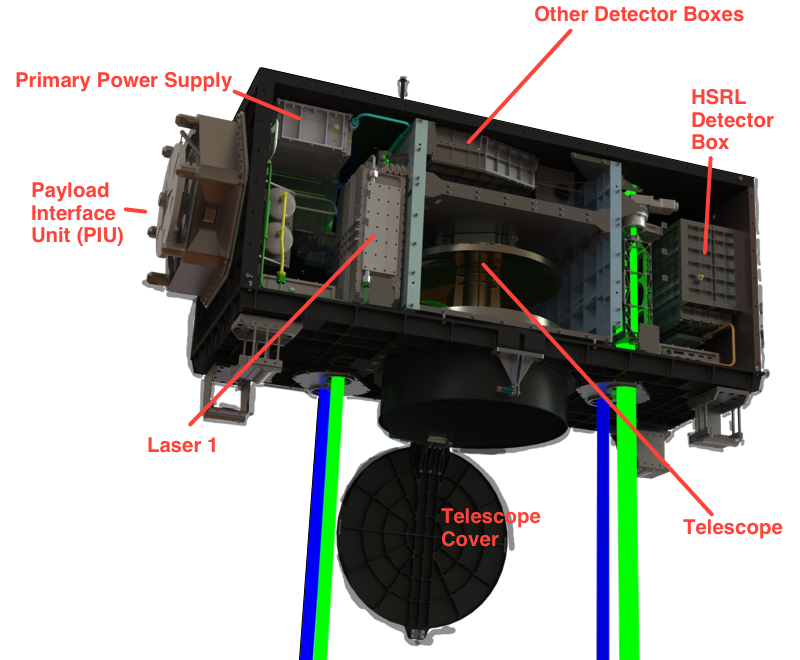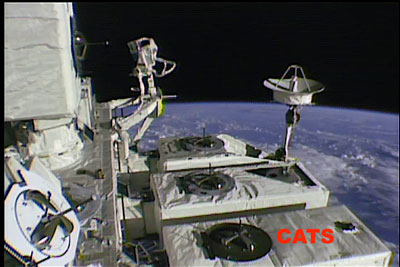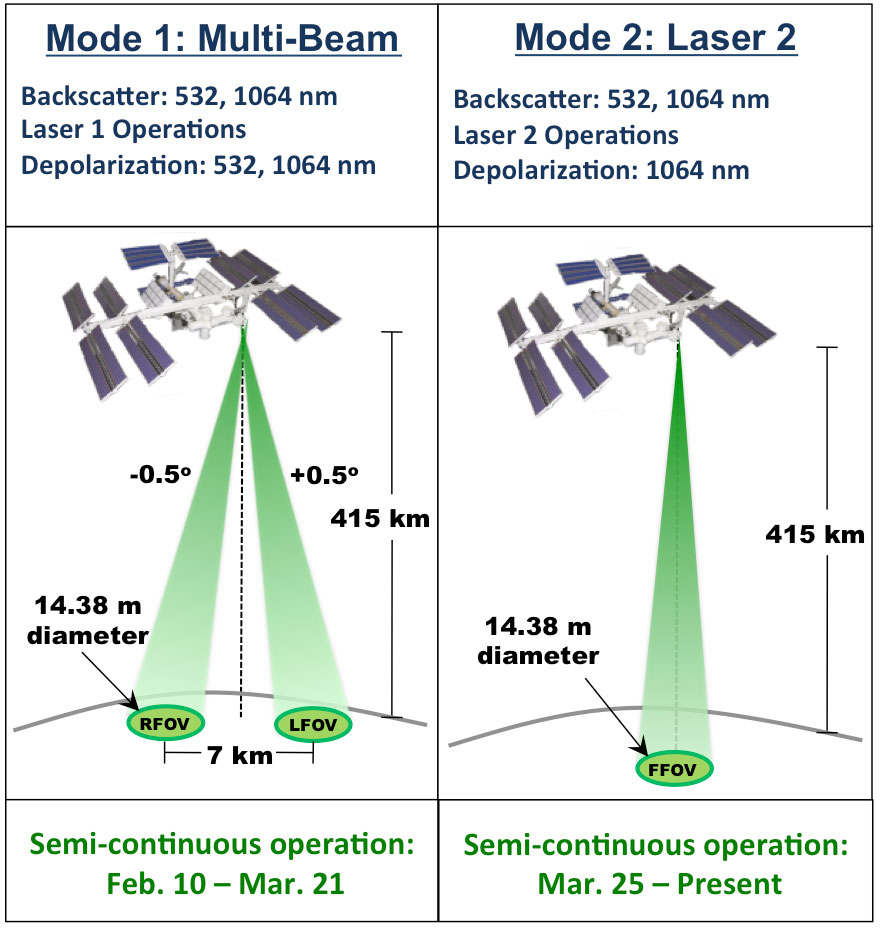CATS Status UpdateNov 14 2017
On October 30, 2017 the CATS payload appears to have suffered an unrecoverable fault in its onboard power/data system. Attempts to regain communication with the payload have been unsuccessful. The ISS and JAXA teams are working with us to assess the situation. Although there remains a small chance that communications can eventually be restored, at this time we have no reason to believe the payload will reactivate.
Although CATS has ceased science operations, it has been nothing but a complete success. The minimum success requirement levied on CATS was to operate 6 months on-orbit, and longer if possible. As of October 2017 the CATS payload had operated for more than 200 billion laser pulses - an absolutely unprecedented achievement for a spaceborne lidar - and collected science data for over 33 months. CATS has demonstrated on-orbit measurements of cloud and aerosol properties in near-real time (i.e., within 3-6 hours of data acquisition), enabling assimilation into models and monitoring of hazard events (dust storms, fires, volcanic eruptions).
Over the next few months we will continue to refine algorithms, do any reprocessing of CATS data, and then final archiving of the data products. We will post the CATS Image of the Week through end of December 2017, as we have a backlog of results to share. Please check back for a status update on the final data products and thank you for your continued interest in CATS data!
CATS Status UpdateOct 17 2017
CATS was inhibited Saturday October 14th and Sunday October 15th for the Progress 68P launch and docking after the aborted launch on Thursday.
CATS Status UpdateOct 10 2017
CATS will be inhibited the morning of Thursday October 12th, GMT 285, for the Progress 68P launch and docking.
